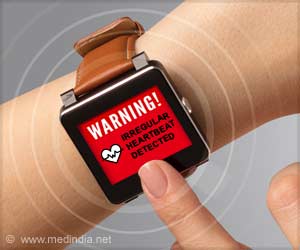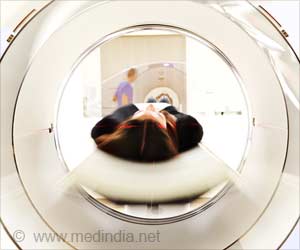A novel medical robotic hand and smart electronics have been developed by using rubbery semiconductor with high carrier mobility. These rubbery electronic devices have a lot of potential applications.
‘Rubbery electronic devices like smart electronic skin and medical robotic hand can be developed by using stretchable semiconductor materials. The electrical performance of the material is retained even when the material is stretched by 50%.’





Using an interfacial assembly and rubbery electronic devices suggests a pathway that mimics the mechanical softness of biological tissues. The medical robotic hand and smart skin are just two potential applications. The material can be suitable for a variety of emerging applications. Traditional semiconductors are brittle and require special mechanical accommodations to use them as stretchable electronics.
The drawbacks with the previous stretchable semiconductors are:
- low carrier mobility - the speed at which charge carriers can move through a material
- complicated fabrication requirements
The production of these stretchable semiconducting nanofilms and the development of fully rubbery transistors is simple. A commercially available semiconductor material is first dissolved in a solution and dropped on water. It spreads on water, and the chemical solvent evaporates from the solution. This results in improved semiconductor properties.
The electrical performance is retained even when the semiconductor is stretched by 50%. It is a notable advance as even the human skin can only be stretched to 30% without tearing.
Advertisement
Source-Medindia








